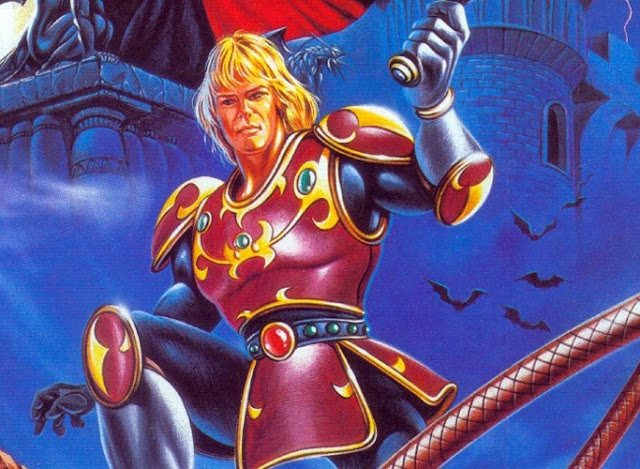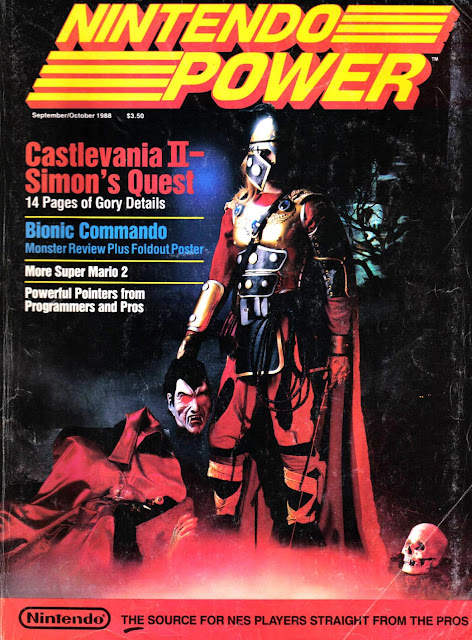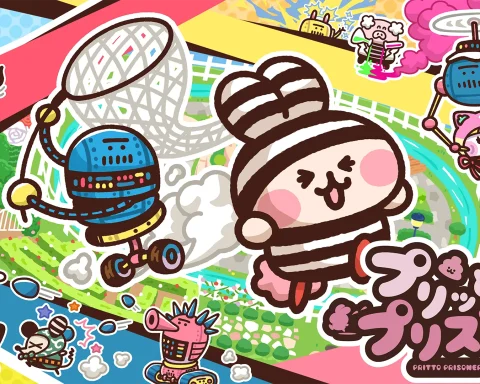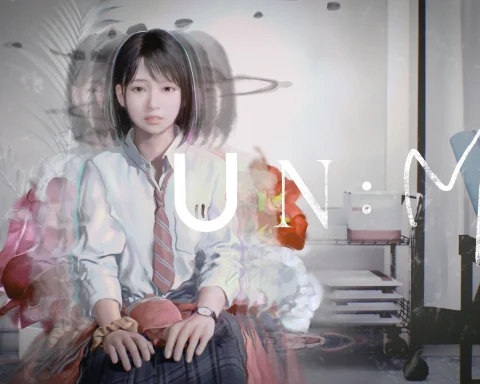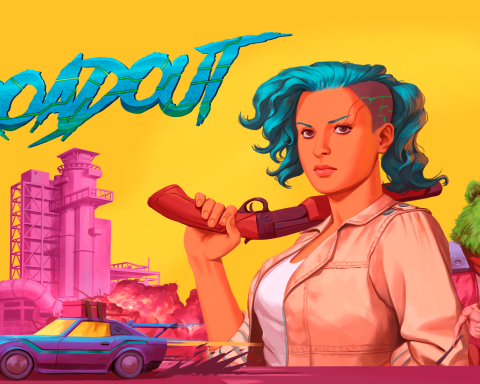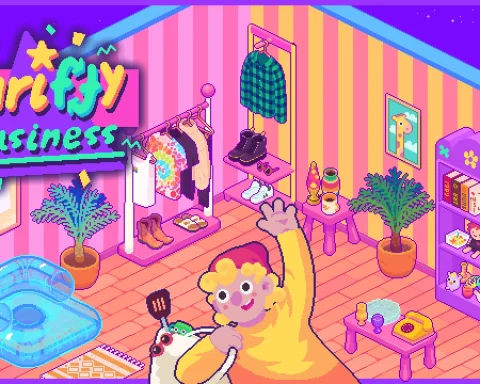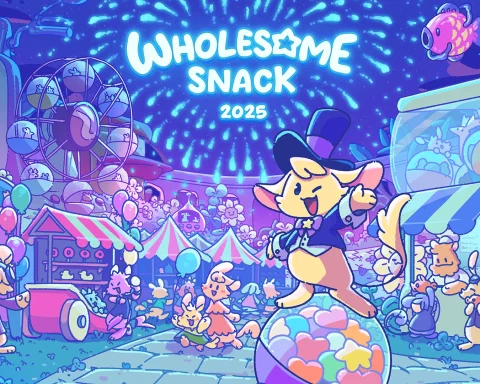Retro reflections by Nick H.
I recently fired up an old NES game and had an opportunity to rediscover what I already knew: that Metroid was brilliant in its level design. Without dialogue, without tutorials it still managed to create a game with rich exploration that did not hold your hand, yet made perfect sense as you played the game. I tried to think long and hard about other games from the same era and settled on Castlevania II: Simon’s quest – because it was the exact opposite of all of that.
The funny thing is, I recall very well how much I enjoyed this game when I first had the chance to play it. I had enjoyed the original Castlevania – Knoami had a knack for creating awesome action platforming games on the NES back then. Games like Contra, Castlevania, Rush N’ Attack and more served as favourites on the platform for good reason. However, in 1987 when Simon’s Quest was released, it promised something more than its predecessor. It teased the kind of adventure and exploration elements that had made games like Metroid and The Legend of Zelda absolute favourites of mine.
The platforming and action elements remained, but gone was the linear gameplay of the original as you explored a world with cities to visit, citizens to interact with, good old fashioned grinding for powered-up items and the thrill of discovery. The graphics and music struck a special note (especially Bloody Tears, which may be one of my top video game tunes of all time) and the fall of darkness and the increased difficulty in the monsters struck dread into me when my health was low and I was a long ways from any kind of safety.
To read on, log in to your DDNet premium account:

